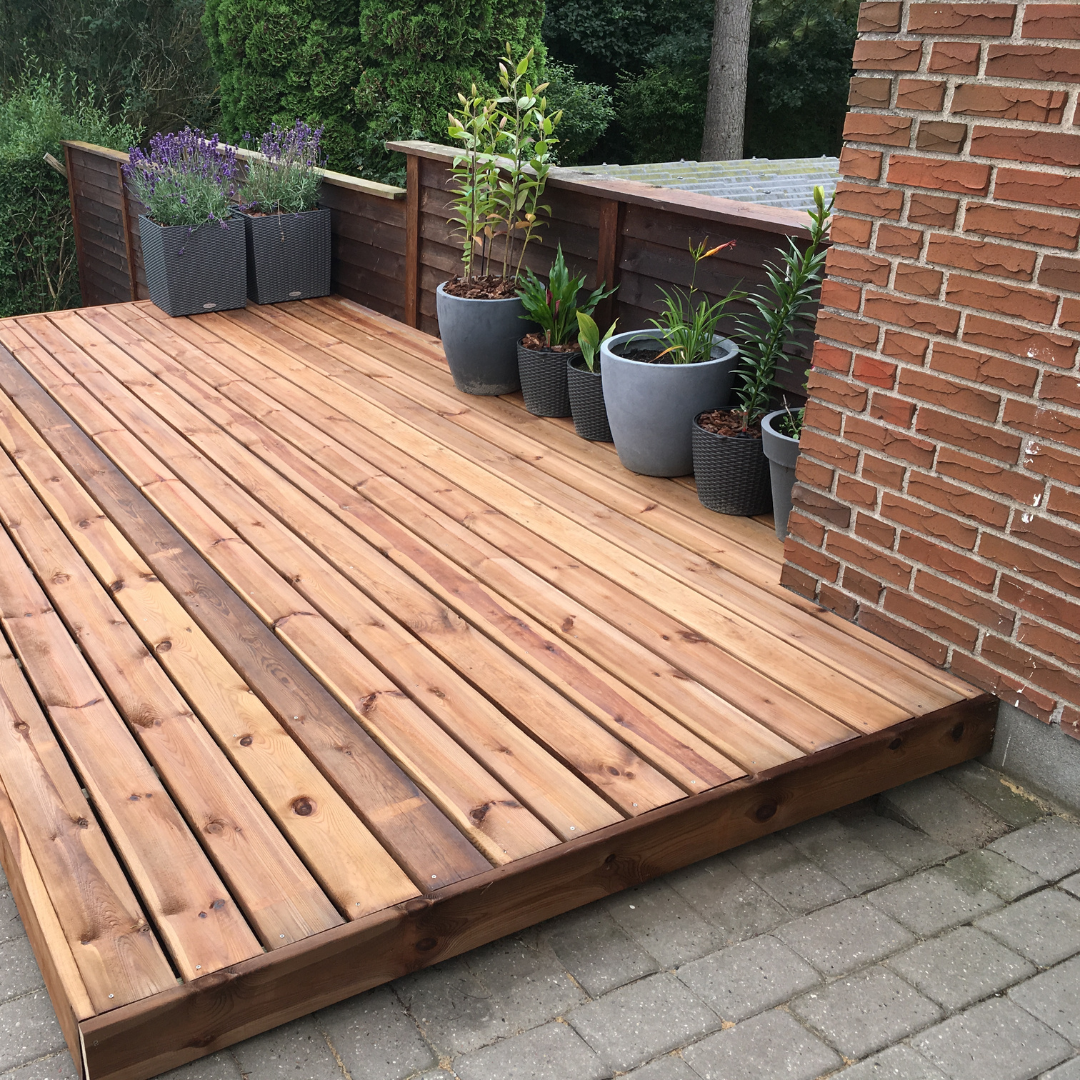
Decks Safety: How to Ensure Stability and Longevity
Regular Inspections to Identify Wear and Tear (decks)
Keeping your deckS safe and sturdy starts with regular inspections. Over time, exposure to the elements can cause wood to deteriorate, metal fasteners to rust, and structural components to weaken. By making it a habit to inspect your deck at least once a year, you can catch small problems before they turn into major safety hazards.
Begin by checking the surface for signs of rot, splintering, or loose boards. Pay close attention to the support beams, joists, and railings—if you notice cracks, warping, or rusted nails, take action right away. Routine inspections not only extend your deck’s lifespan but also ensure it remains a safe place for family and friends to gather.
Choosing Durable and Weather-Resistant Materials
The materials you choose for your deck significantly impact its longevity and safety. While wood remains a popular option, it requires ongoing maintenance to prevent decay and insect damage. Using pressure-treated wood, cedar, or composite materials can help minimize upkeep while increasing durability.
For structural components like fasteners and connectors, opt for corrosion-resistant metals—especially if you live in a humid or coastal area where moisture can accelerate rust. Stainless steel or galvanized hardware will keep your deck structurally sound for years. Investing in high-quality materials upfront can save you from expensive repairs and replacements down the road.
Ensuring Proper Weight Distribution and Support
A safe deck should be built to handle the weight of furniture, people, and any additional features like grills or hot tubs. Overloading your deck can put excessive strain on the structure, increasing the risk of collapse. If you’re adding heavy furniture or equipment, it’s a good idea to consult a professional to ensure your deck can support the load.
Secure footings and sturdy support beams are essential for stability. Deck posts should be anchored into concrete or reinforced with brackets to prevent shifting over time. If you notice sagging or instability, reinforcing the structure may be necessary. Distributing weight evenly across the deck helps prevent stress on certain areas and enhances overall safety.
Preventing Slips and Falls with Surface Maintenance (decks)
Slippery decks are a common concern, especially after rain or during colder months. To keep your deck safe, regularly clean the surface to prevent algae, mold, and mildew buildup. Sweeping away debris and occasionally power-washing the deck can help maintain good traction.
For extra protection, consider applying a non-slip coating or textured deck sealant. If your deck has stairs, adding grip tape or anti-slip treads can further reduce the risk of falls. Keeping your deck surface well-maintained ensures a safer and more enjoyable outdoor space.
Maintaining decks safety and longevity comes down to regular inspections, high-quality materials, strong structural support, and proper upkeep. By staying proactive in preventing wear, weight overload, and slippery conditions, you can enjoy a secure, long-lasting outdoor retreat. Investing in quality materials and routine maintenance not only extends your deck’s lifespan but also provides peace of mind for you and your loved ones.
Palm Construction Inc
17259 Hesperian Blvd. #7, San Lorenzo, CA 94580
https://palmconstructionca.com/
+1 510-963-4990
